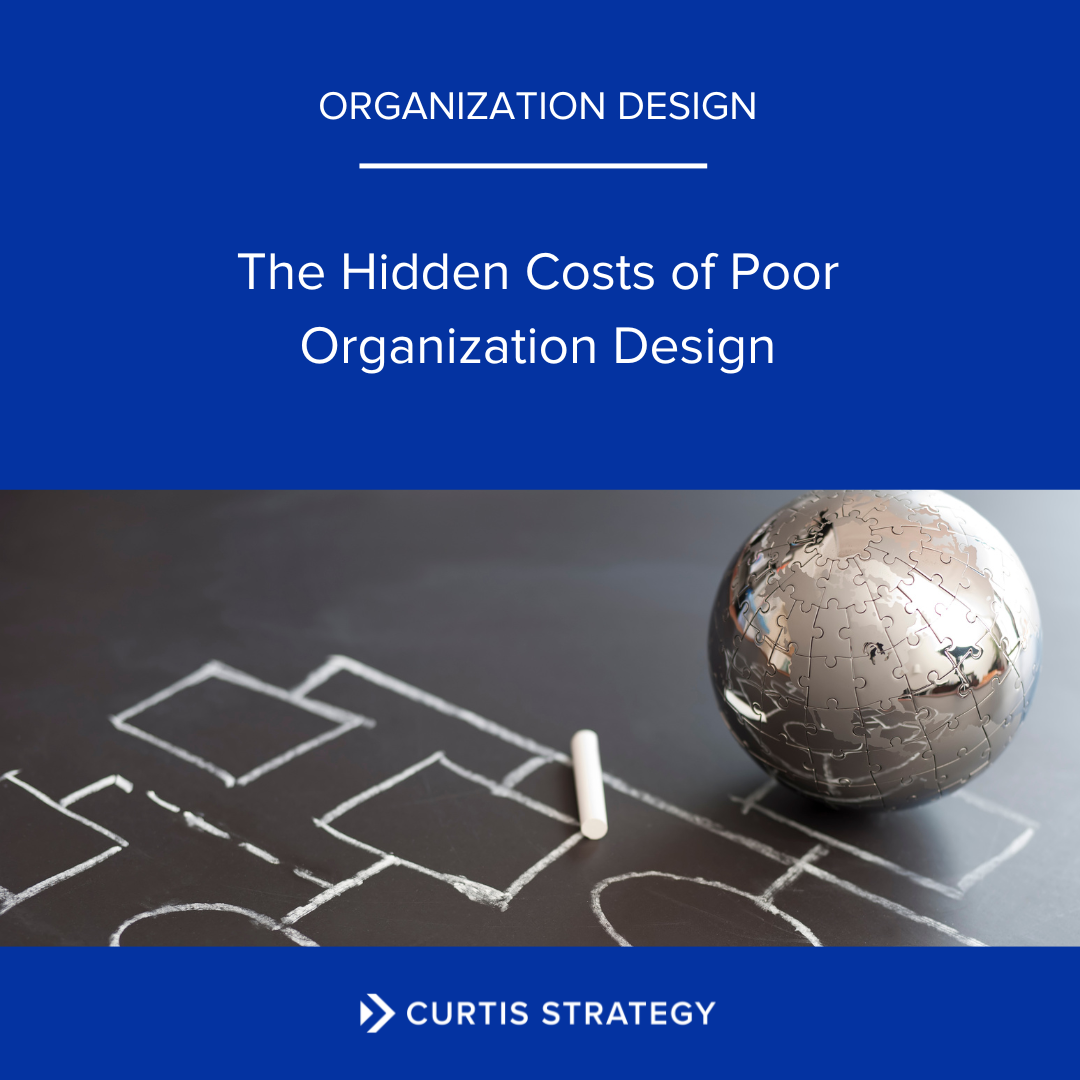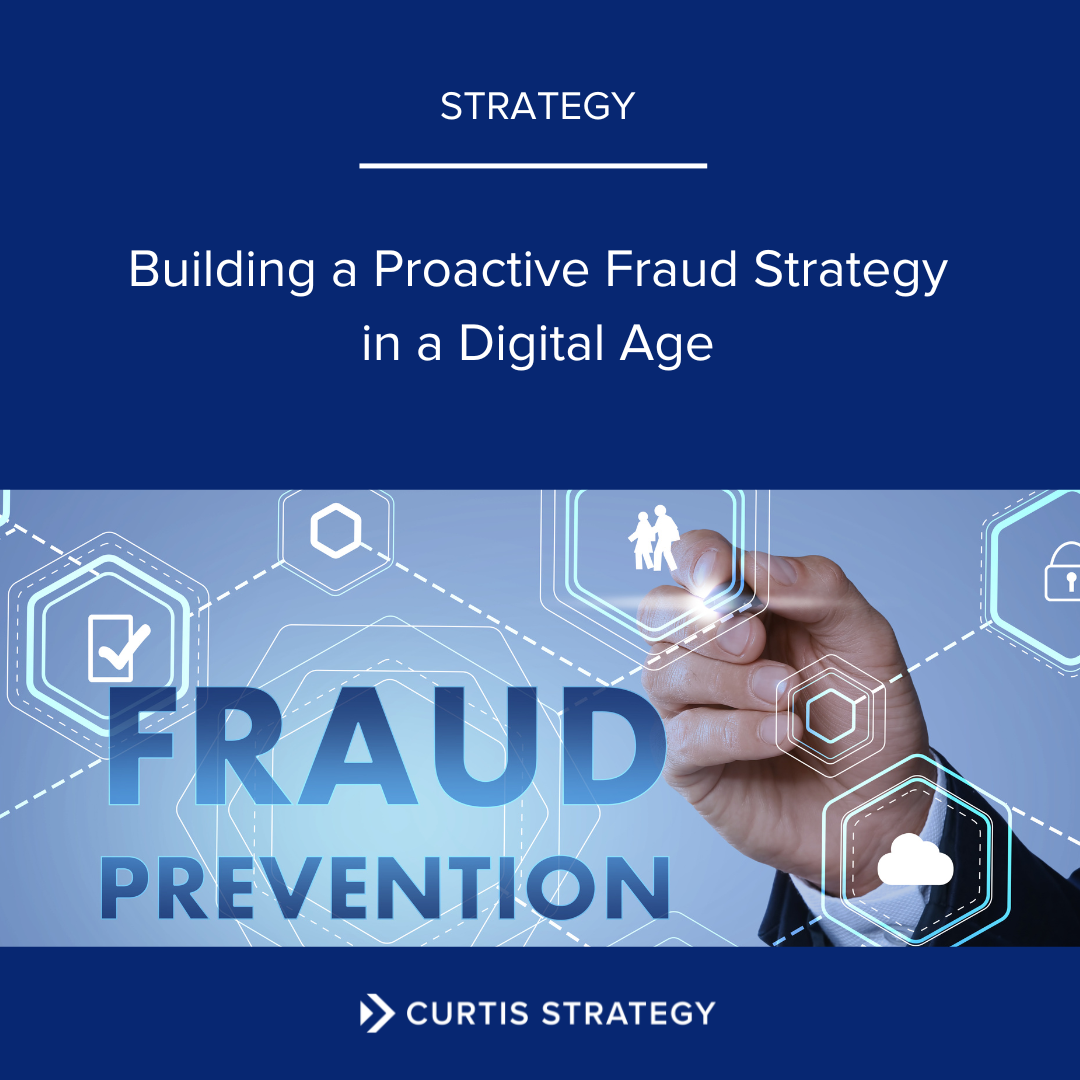
Five Signs Your Credit Union is Ready for Strategic Planning
Is your credit union's strategic plan outdated? This article explores key indicators that it's time for a refresh. Learn how a new plan can help your credit union thrive.

Five Signs Your Credit Union is Ready for Organization Design
Is your credit union's structure hindering growth and innovation? Siloed departments, inefficient processes, and high turnover are signs you need a redesign. Learn the signs your credit union might be ready for the next generation of infrastructure and optimize your organization for peak performance, accountability, and a thriving culture.

Five Signs Your Credit Union is Ready for Succession Planning
A robust succession plan isn't just about filling vacancies; it's about safeguarding your credit union's legacy and future success. If you're relying on an outdated plan or haven't considered scenarios beyond the CEO's departure, you may be leaving your organization vulnerable. Our credit unions consultants can help you develop a comprehensive succession plan that ensures a smooth transition of leadership, preserves institutional knowledge, and positions your credit union for continued growth.

Charting the Course: A Practical Guide to Nonprofit Succession Planning
Learn how to navigate the looming leadership crisis in the nonprofit sector.
Discover common succession planning obstacles and download a step-by-step guide to ensure a smooth transition and safeguard your organization's mission.

The Hidden Costs of Poor Organization Design
Ever considered the impact of your credit union's structure? It plays a critical role in everything from employee morale to attracting new members. An ineffective structure can stifle growth, raise costs, and hurt your culture. Let's explore why streamlining your organization is key to building a stronger credit union.

Powering Up with Digital Innovation: How Credit Unions Can Stay Ahead of the Curve
Credit unions are facing a number of challenges in today's competitive financial landscape, including rising customer expectations, disruptive technologies, and regulatory changes. By investing in the right technology and changing their culture to embrace automation, credit unions can remain competitive and better meet the needs of their members.

Building a Proactive Fraud Strategy in a Digital Age
Credit unions are a vital part of the financial system, providing their members with a safe and affordable place to save and borrow money. With incidents of fraud on the rise, especially cyber fraud, it’s more important than ever to have a comprehensive fraud prevention strategy as well as a thorough incident response plan. The four essential pillars of a proactive fraud prevention strategy are centralization; technologization; reinvestment; and continuing education.

Investing in Member Education for Financial Health
Credit unions that invest in member education are more likely to have financially healthy members. By providing members with the information and resources they need to make sound financial decisions, credit unions can help them achieve their financial goals. When building effective member education programming, credit unions need to consider both fundamental skills development as well as in-depth advanced education.
